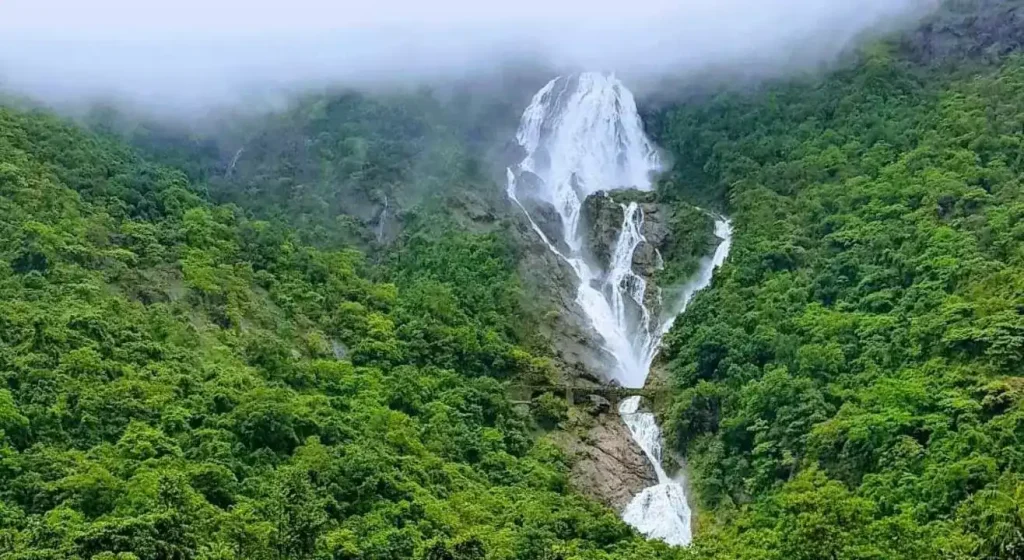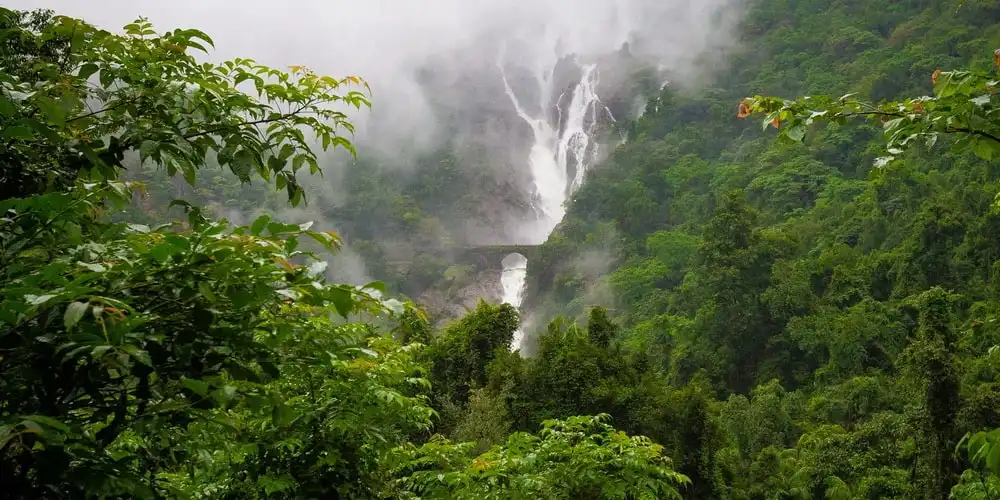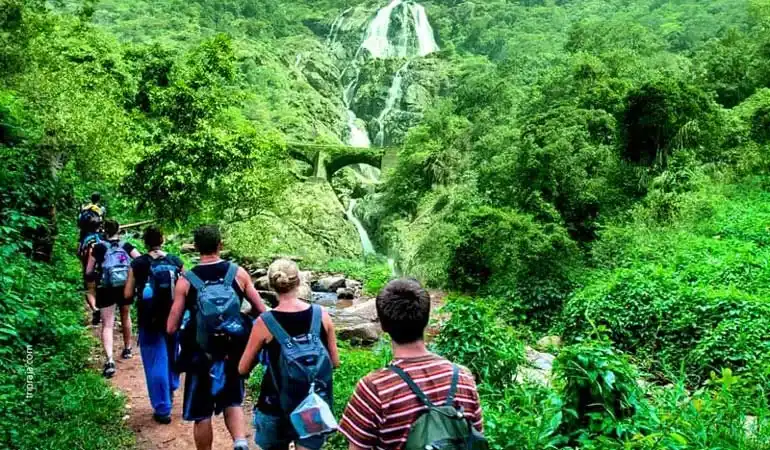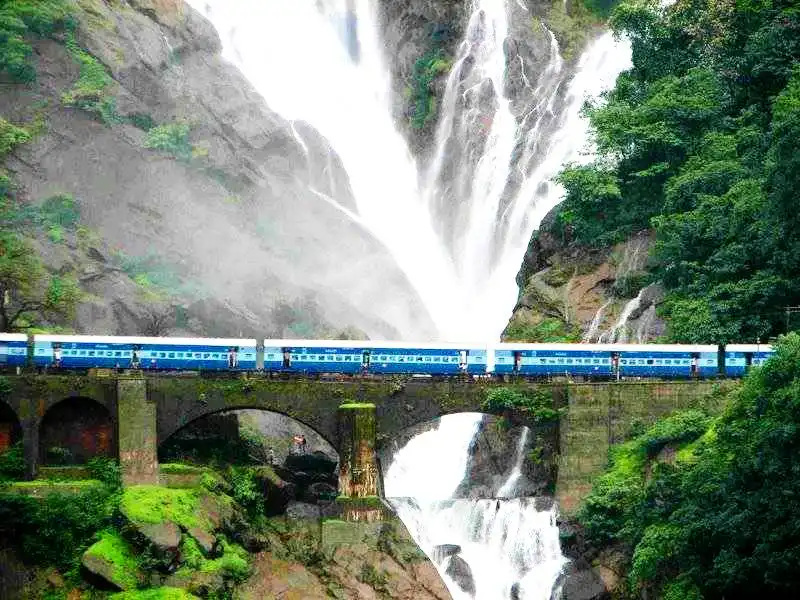The fisherman and the businessman
Impressed, the businessman asked the fisherman, "How long does it take you to catch even more?"
"More? This is enough to feed my entire family and even offer some to my neighbours," the fisherman said.
"So what do you do for the rest of the day?" Enquired the businessman.
The fisherman replied, "Well, I've usually caught my fish by late morning, at which point I go home, spend some time with my wife and play with my kids. In the afternoon, I take a nap and read. I go to the village in the evening to enjoy myself with my friends, play guitar, sing, and dance into the night!"
Putting his entrepreneurial hat on, the businessman offered a suggestion.
"I have a Ph. D. in business! I can help you become much more successful. From now on, you should spend longer at sea and catch as many fish as possible. When you've saved enough money, buy a bigger boat to catch even more fish. From there, you’ll soon be able to buy more boats, set up your own company, build a production plant to can the fish and control distribution, and move on to the city to control your other branches."
To this, the fisherman asks, And after that?"
The businessman laughs, "After that you'll be able to live like a king, take your company public, float your shares and be rich!"
"And after that?" Asks the businessman once more.
"After that you can retire, move to a house by the sea, wake up early in the morning to go fishing, then return home to spend time with your wife, play with your kids, take a nap in the afternoon and join your friends in the village, play guitar and dance into the night!"
Puzzled, the fisherman replies, "But isn't that what I'm doing already?"
Moral of the story: Be content with what you have. Find happiness in your work. Do not let stress steal your joy.





















